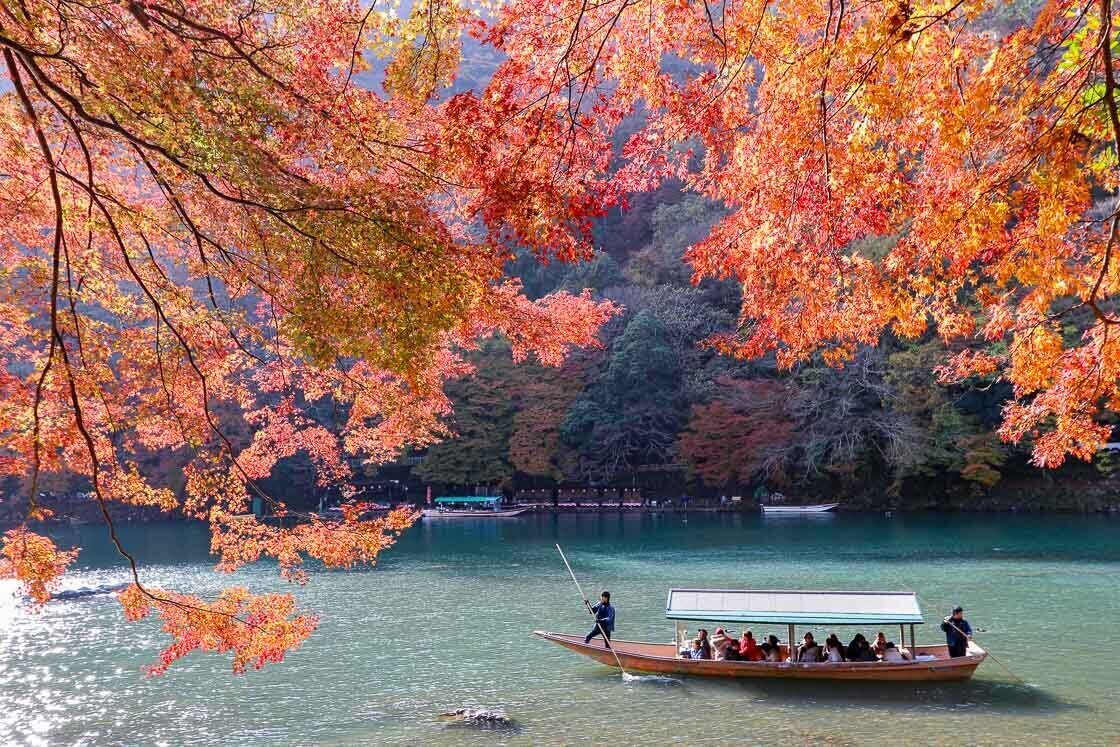Autumn colors from Tokyo to Kyoto
Autumn is a nice season to visit Japan, when the sunny days and cooler temperatures make walking and sightseeing very pleasant. Additionally, trees whose leaves turn shades of red, orange and yellow in fall, add a riot of colors. Autumn colors are typically associated with being in nature like in forests or on the mountains, but fall foliage in parks, gardens, shrines and temples in the cities can be just as stunning.
Tokyo and Kyoto are two top visited cities in Japan, and they offer plenty of opportunities to see spectacular fall colors. Consequently, visitors can enjoy city sights alongside seasonal flora, killing two birds with one stone.
For this article, I traveled from Tokyo to Kyoto, checking out some popular autumn color spots in the two cities. It was difficult to whittle my selection from the many top spots, and so to simplify the decision making, I chose spots that were either close to or easy to access from my accommodations in Tokyo and Kyoto.
Those who want to follow this itinerary should book their accommodation through the official website. Booking directly from the official website of the accommodations outlined in this article ensures that you get the best and cheapest rate, and those who sign up as members will get an additional 10 percent off their reservations.
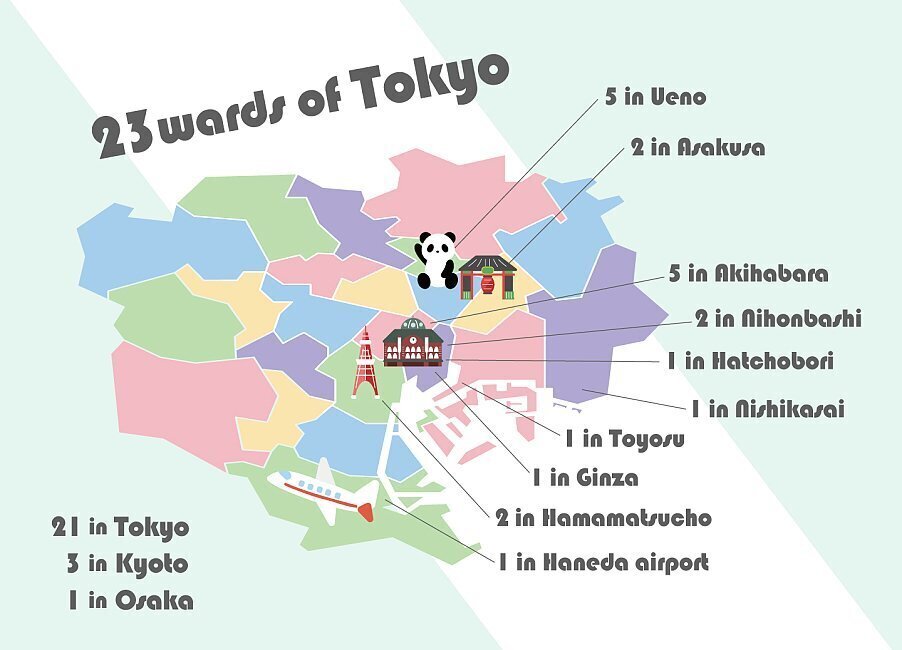
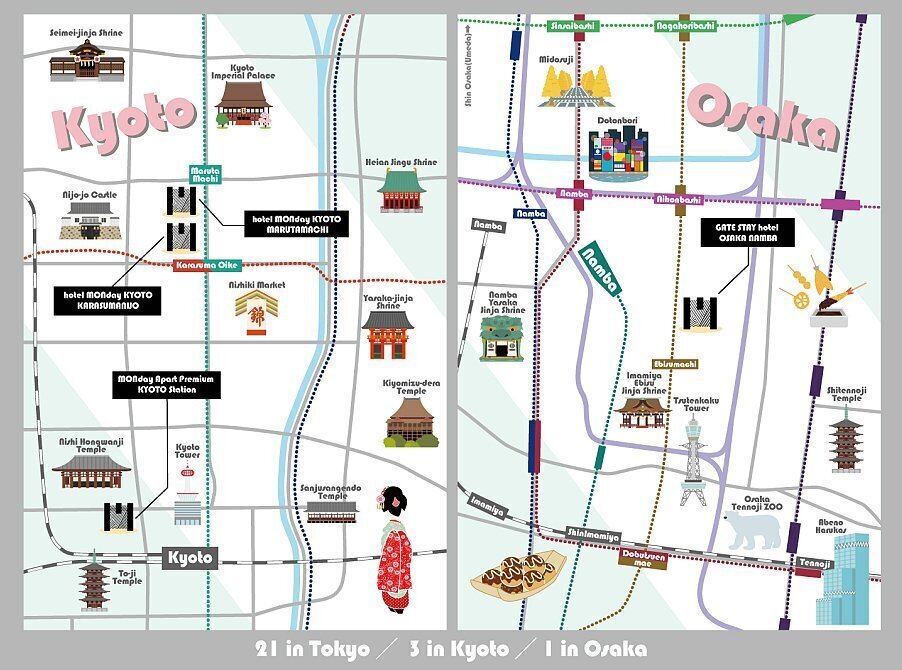
Tokyo: Imperial Palace and Shiba Park
In Tokyo, I stayed at the hotel MONday Apart Premium Nihonbashi, an apartment-style hotel that offers travelers a home away from home experience. The spacious self-contained rooms at the lodging sleep up to four people and offer amenities like washer-dryer machines, fully equipped kitchens, refrigerators, microwave ovens and toasters.
hotel MONday Apart Premium Nihonbashi, as its name suggests, is located in Nihonbashi, a historical merchant district best known for its bridge of the same name. The Nihonbashi bridge is the zero marker from where five major highways including the Tokaido and Nakasendo, started during the feudal ages. The accommodation is just steps from Shin-Nihonbashi Station on the JR Sobu Line or a five minute taxi ride from Tokyo Station, which has connections to both Haneda and Narita airports. Detailed access information about the hotel MONday Apart Premium Nihonbashi can be found in the access section below.
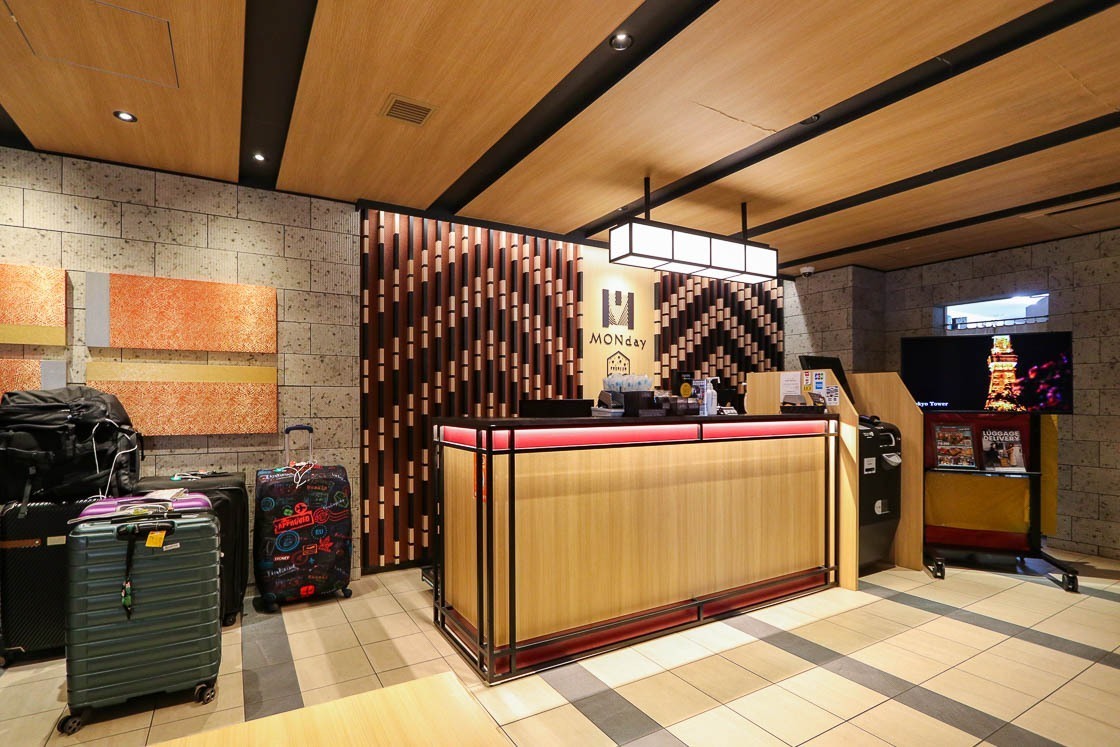
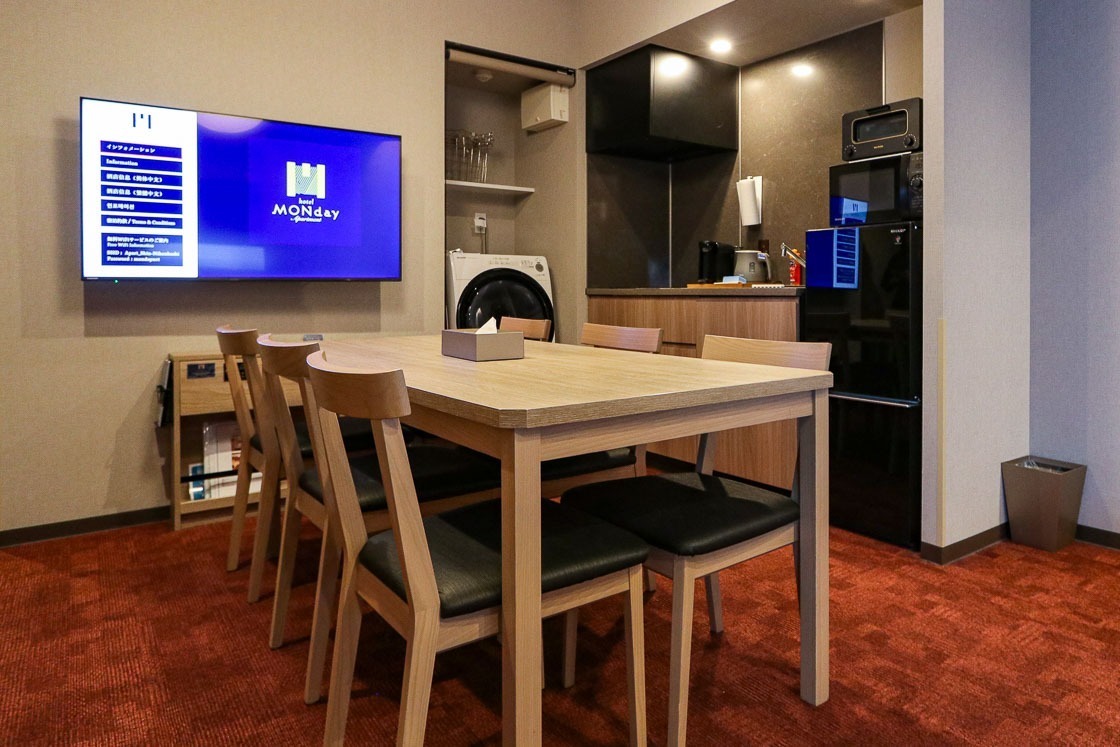
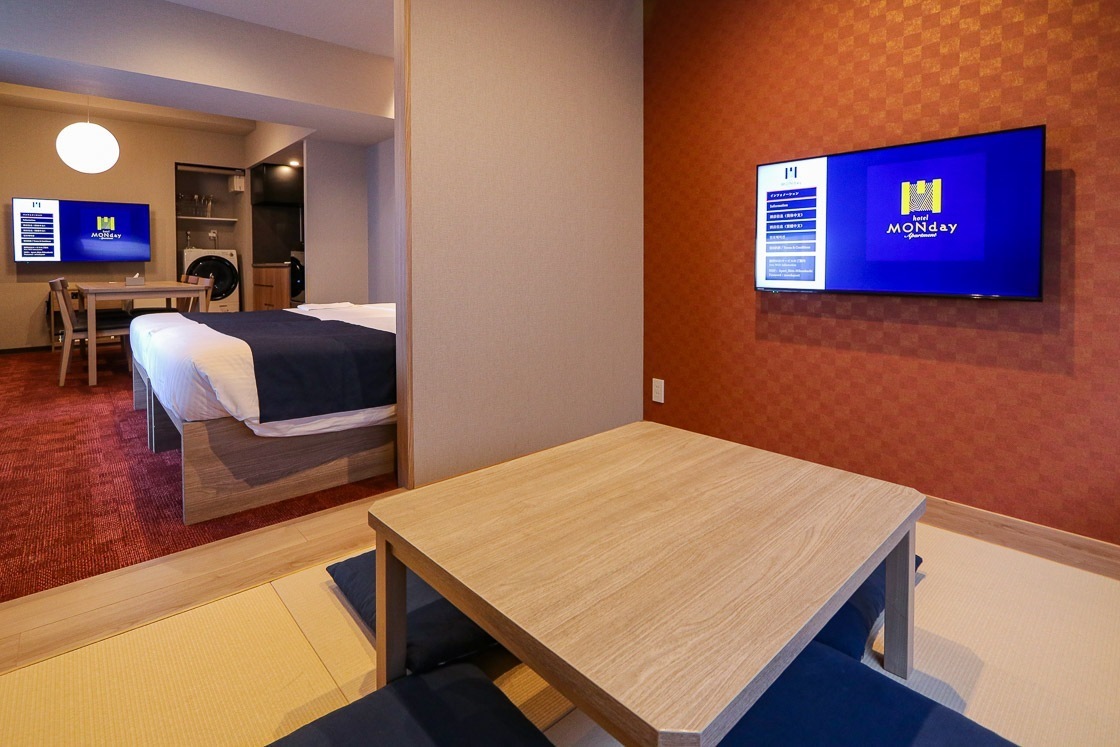
As the hotel was a stone's throw from Tokyo Station, I decided to visit the East Gardens of the Imperial Palace, then continue to Tokyo Tower, one of the icons of the capital city. A leisurely 20 minute stroll brought me to the Imperial Palace and into the East Gardens. The sprawling garden area is free to enter, and visitors can enjoy seasonal flora as well as picnicking on the grassy lawns when the weather is nice.
I spent a couple of leisurely hours in the Imperial Palace East Gardens relaxing and enjoying the autumn colors. Of interest to me was the Ninomaru area, which contains many elements of a traditional Japanese garden as well as many maple trees. The peaceful and calm gardens stood in stark contrast to the nearby busy Tokyo Station, and I appreciated the benches scattered across the East Gardens, which allow visitors to sit and appreciate the tranquility.
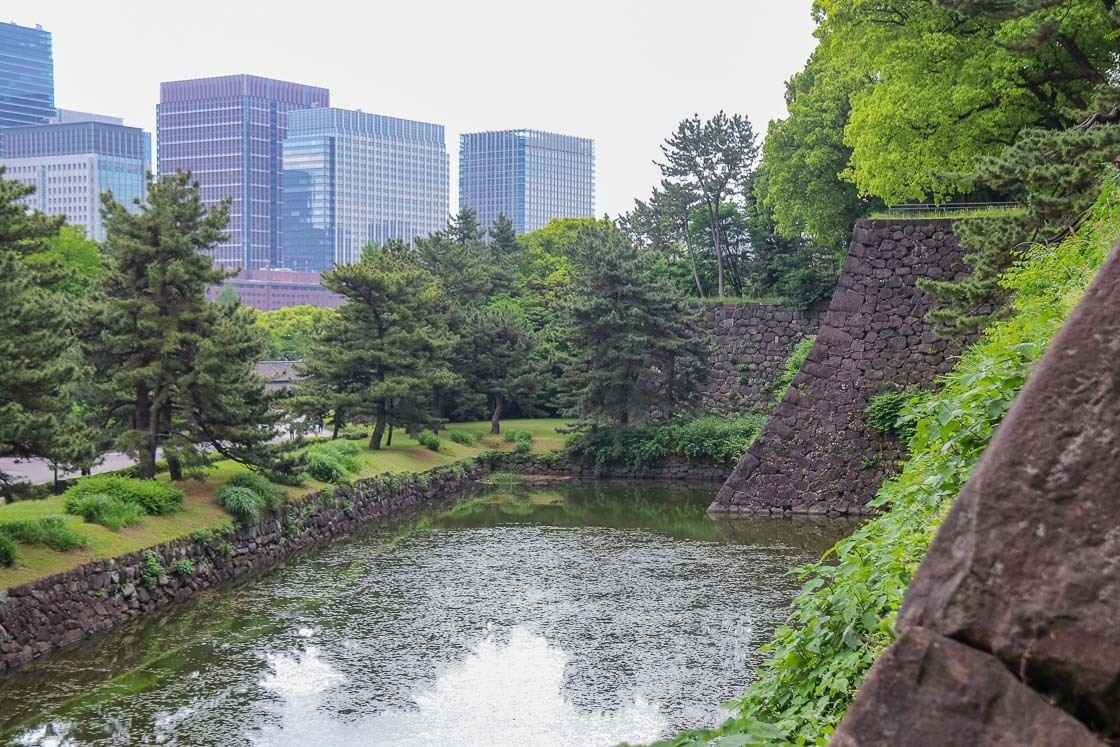
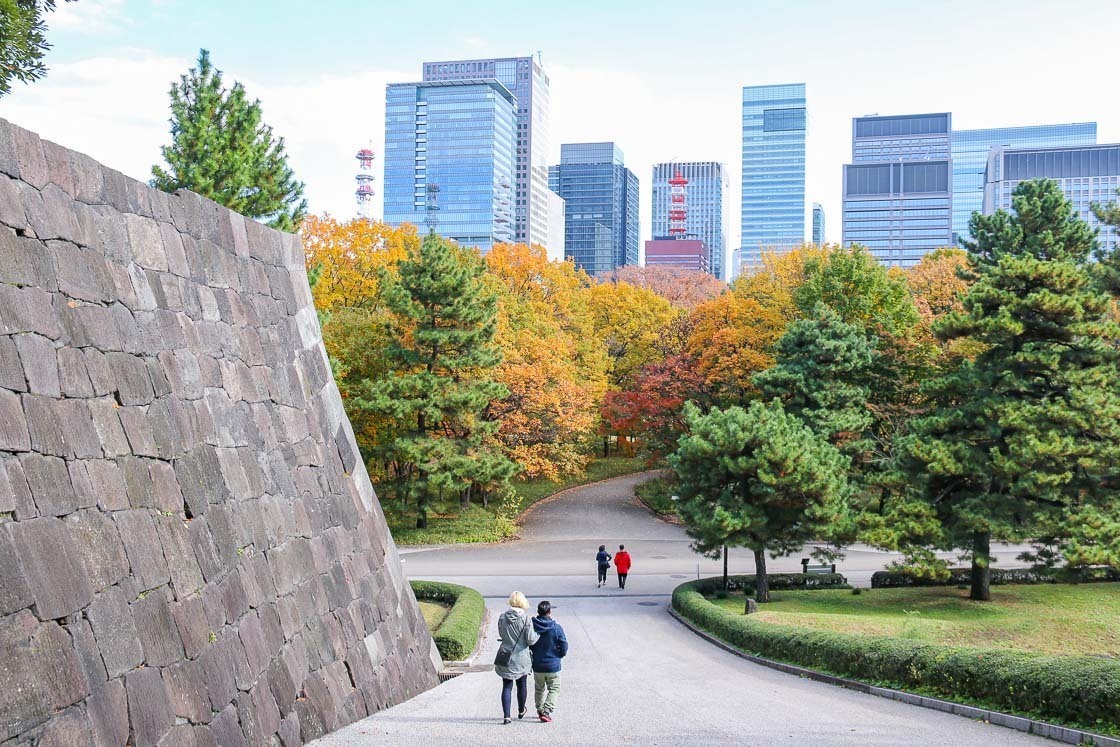
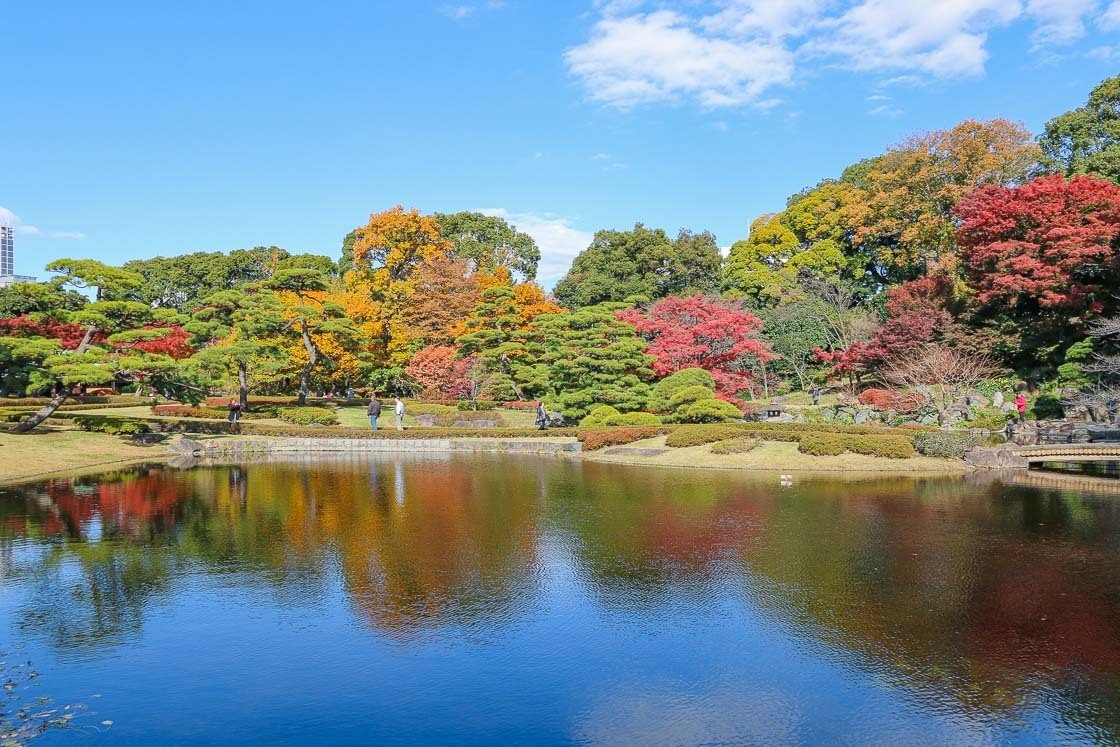
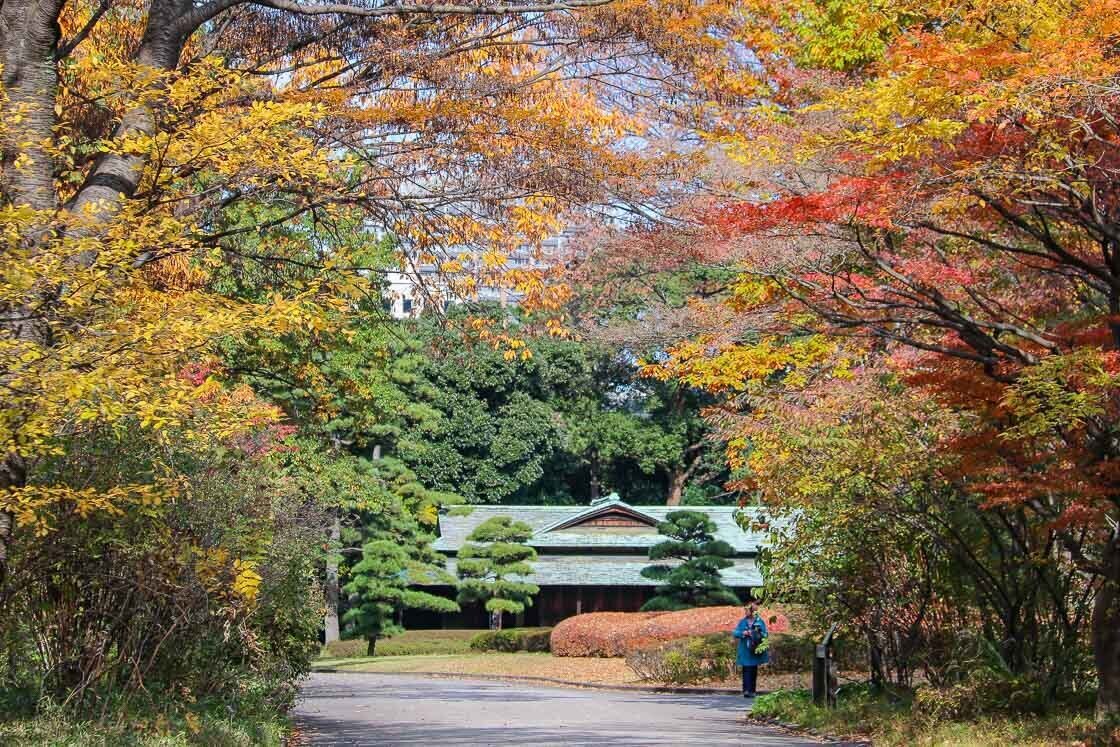
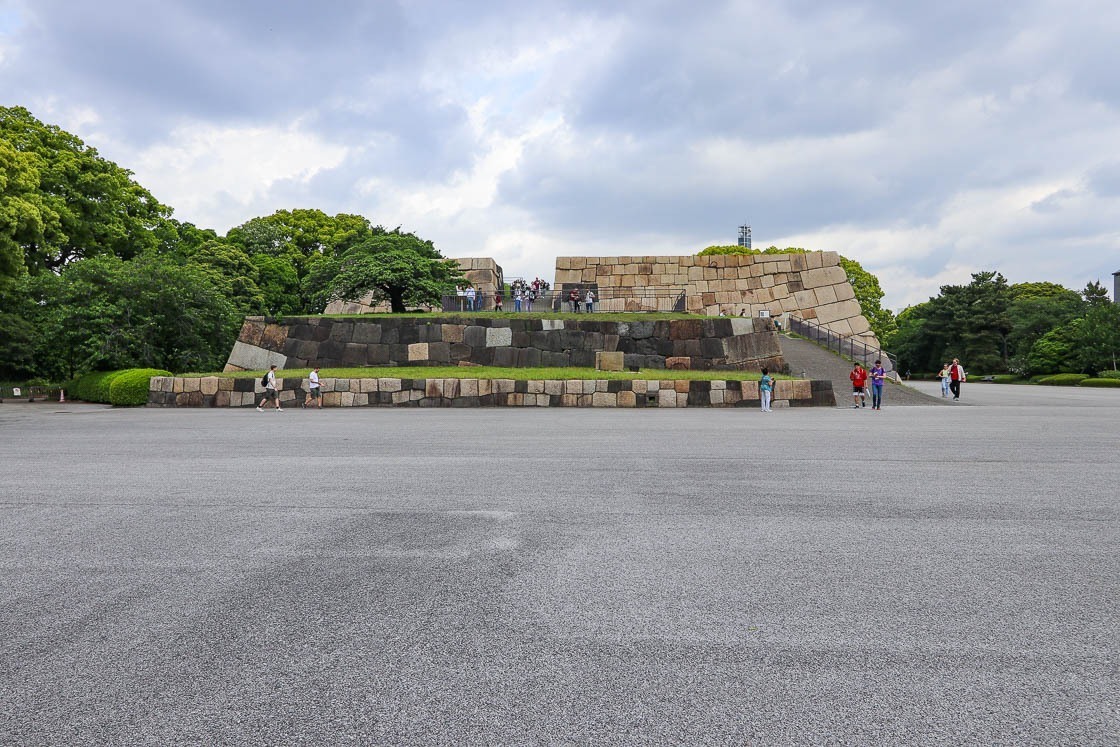
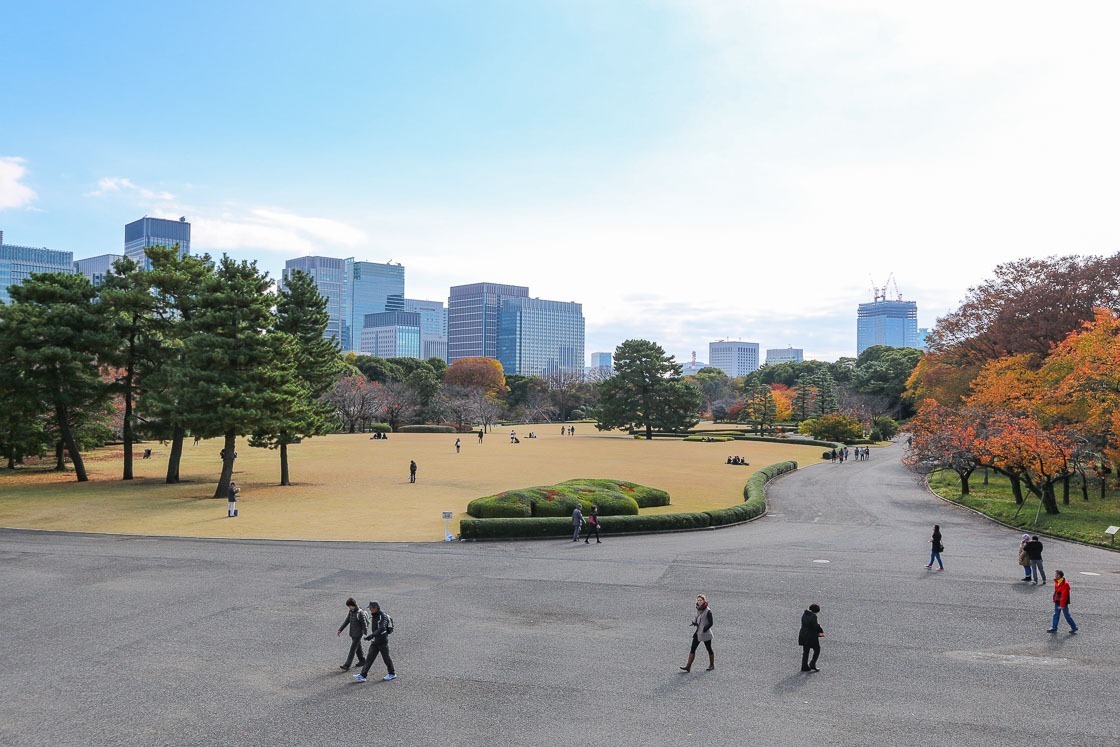
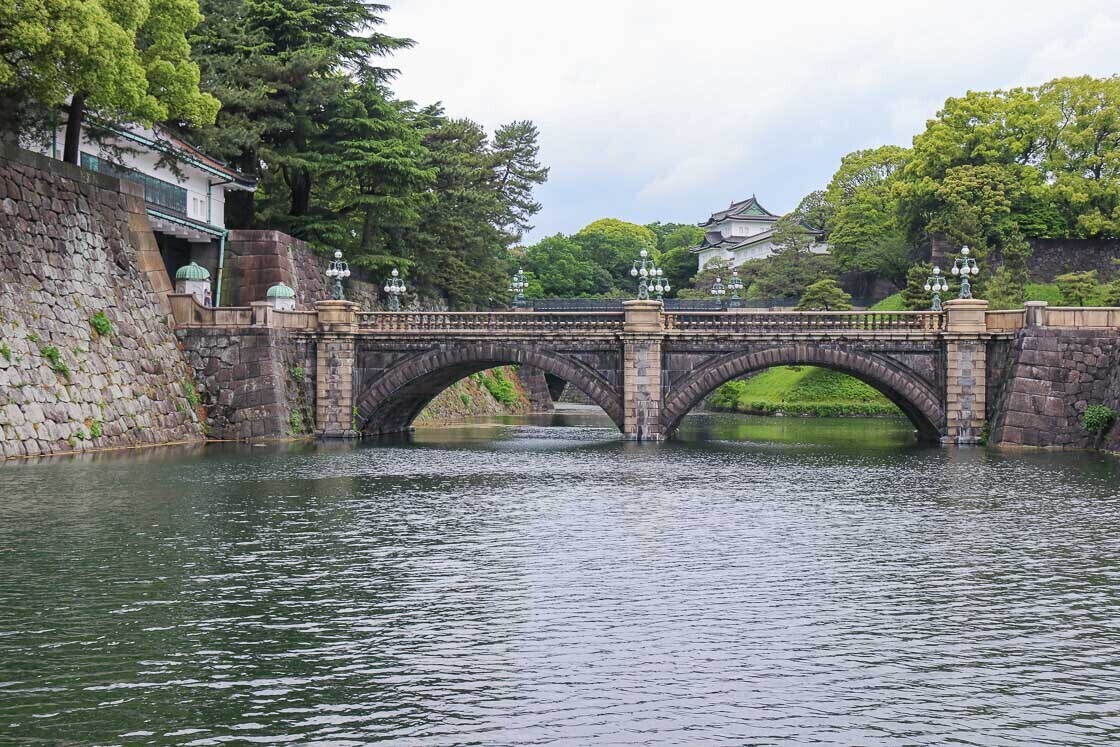
After that respite at the Imperial Palace East Gardens, I took the subway to Shiba Koen, one of Japan's oldest parks. A unique characteristic about Shiba Koen is its shape, which is not a straightforward rectangular shape with distinct boundaries. Instead, the park loops around a fairly wide area which contains two hotels - The Prince Park Tower Tokyo and Tokyo Prince Hotel - and Zojoji Temple. Moreover, Tokyo Tower is immediately north of the park.
I am pleased to report that there is a small valley filled with a variety of maple trees in the northern end of Shiba Koen, right at the base of Tokyo Tower. There, autumn color hunters will be able to see autumn colors alongside with Tokyo Tower, and the combination of both make for attractive pictures.
In addition to seeing fall foliage, visitors can also visit Zojoji Temple, a tranquil Buddhist temple containing the mausoleum of the Tokugawa, the ruling family during the Edo Period, and enter Tokyo Tower, one of the symbols of Tokyo.
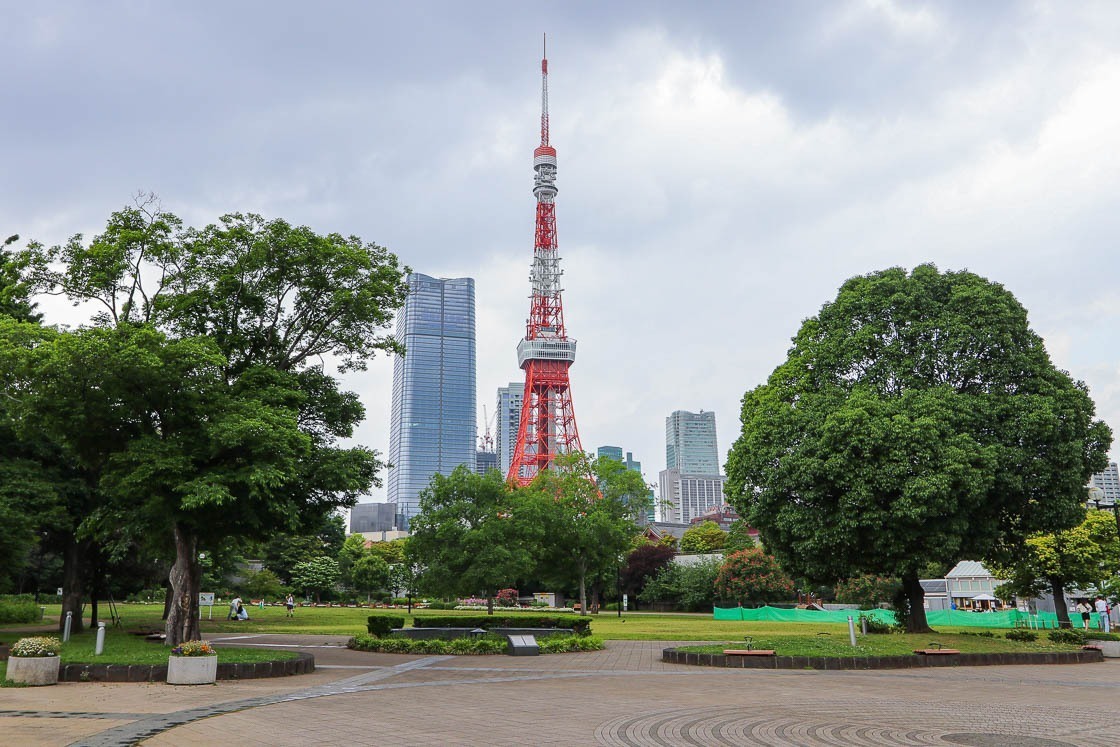

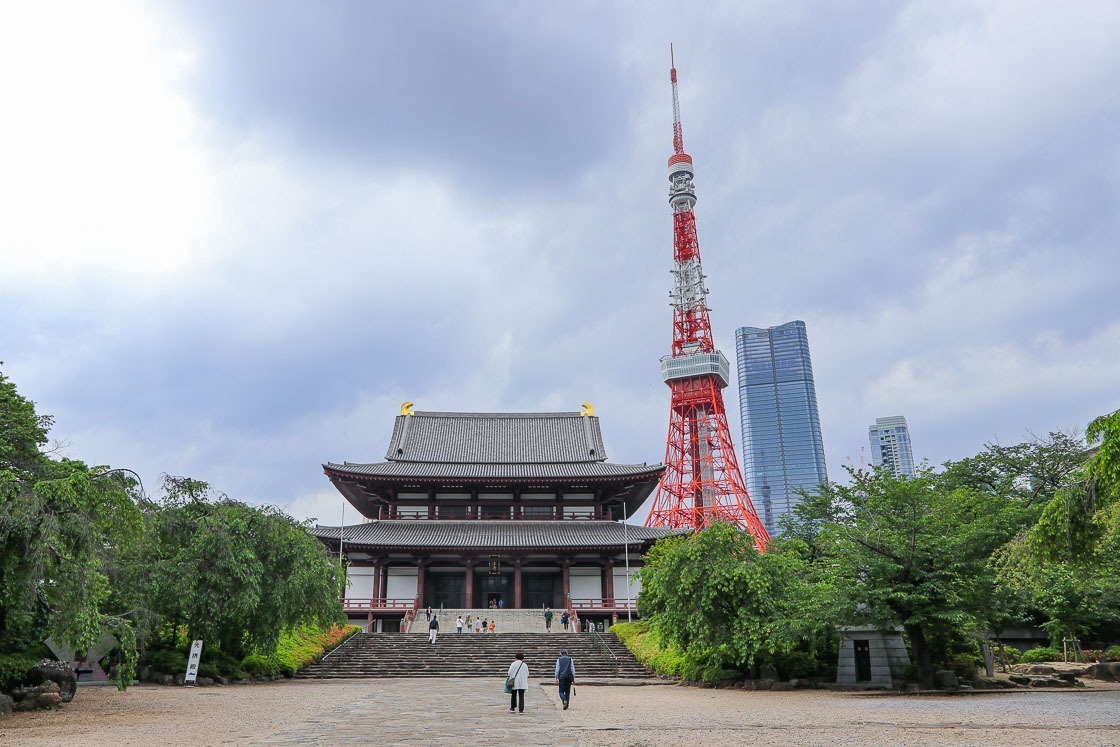
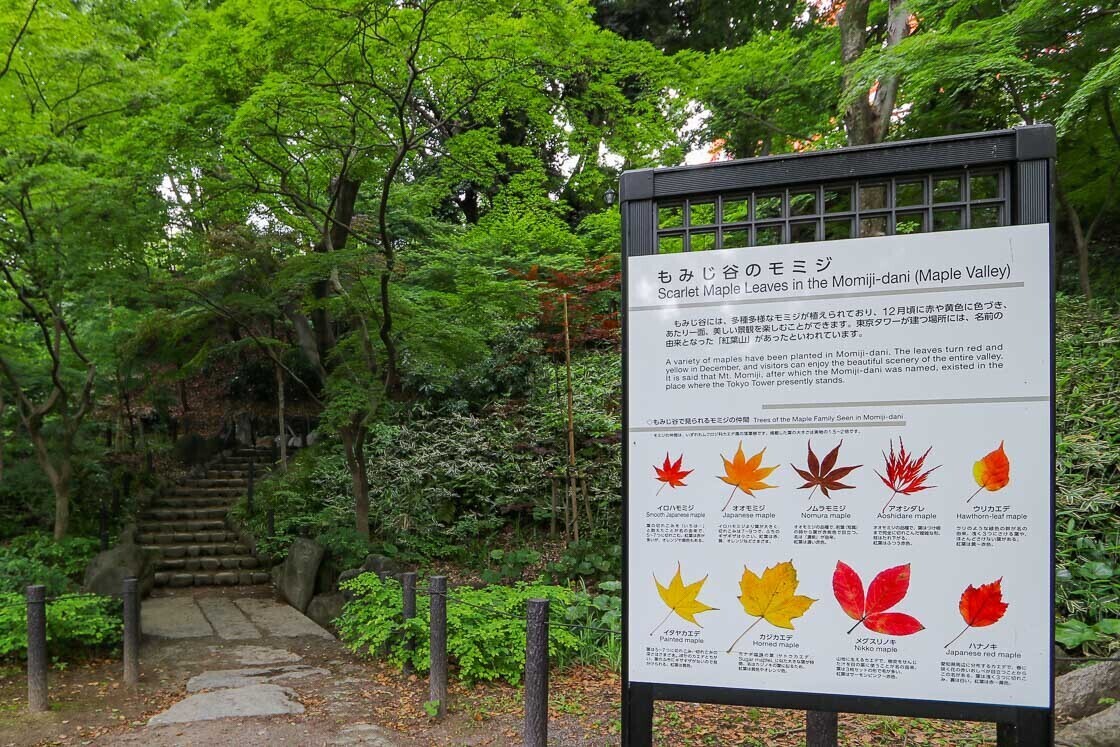
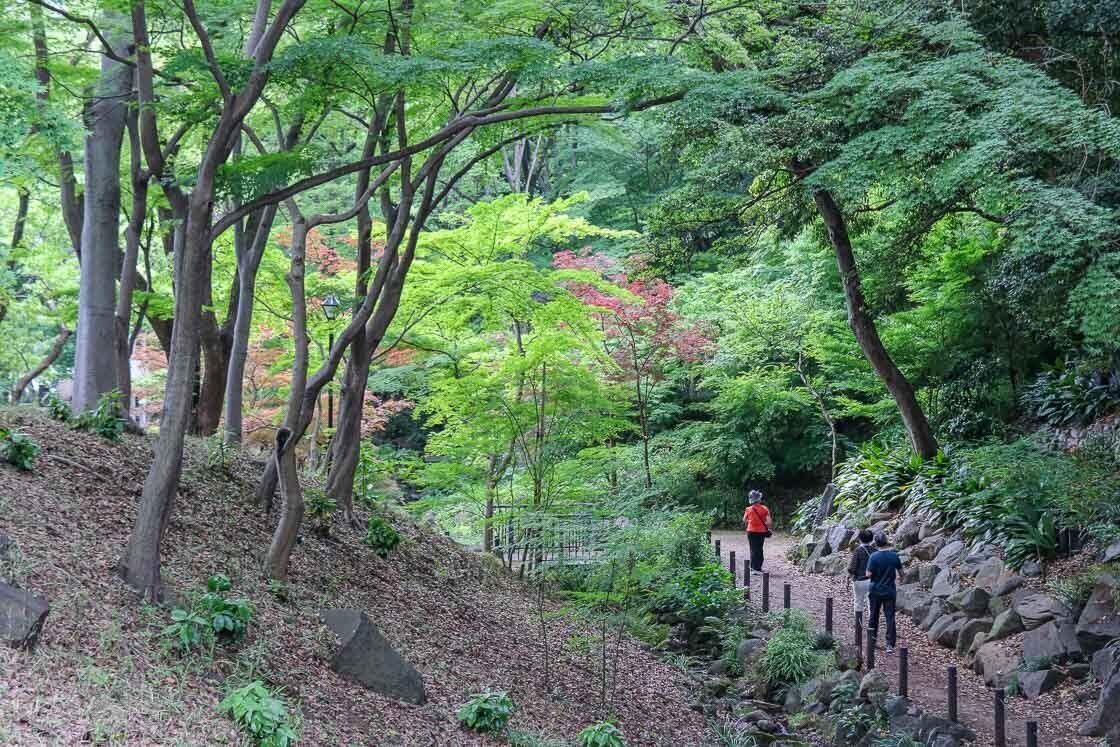
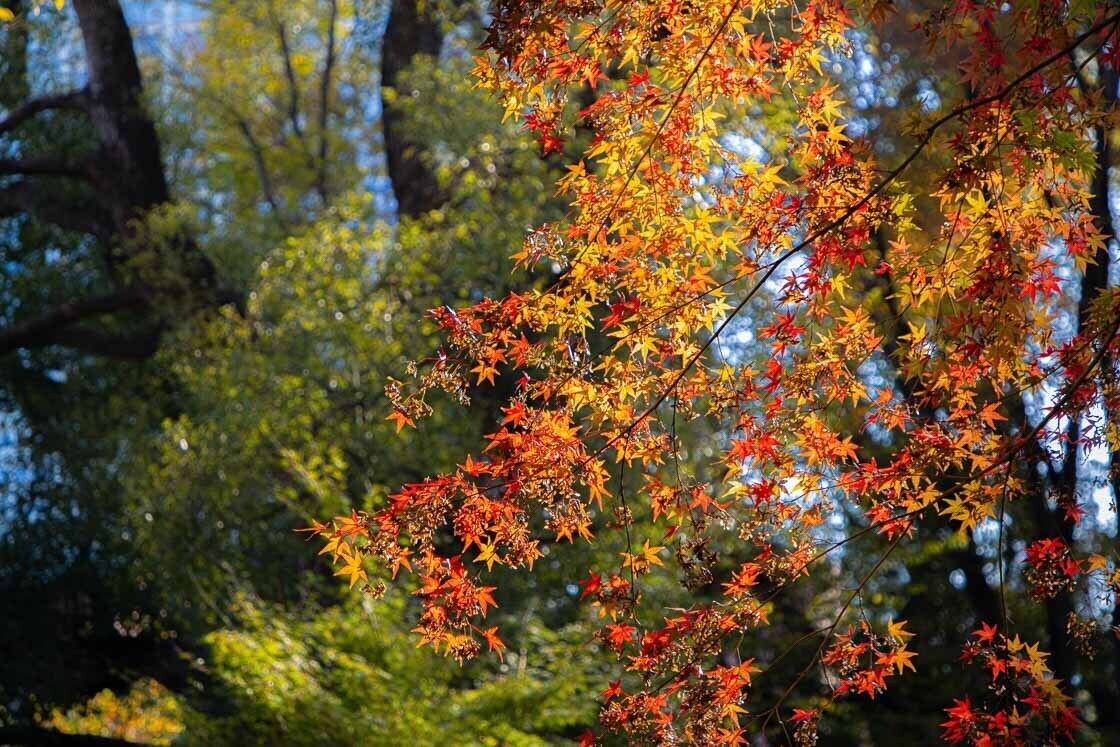
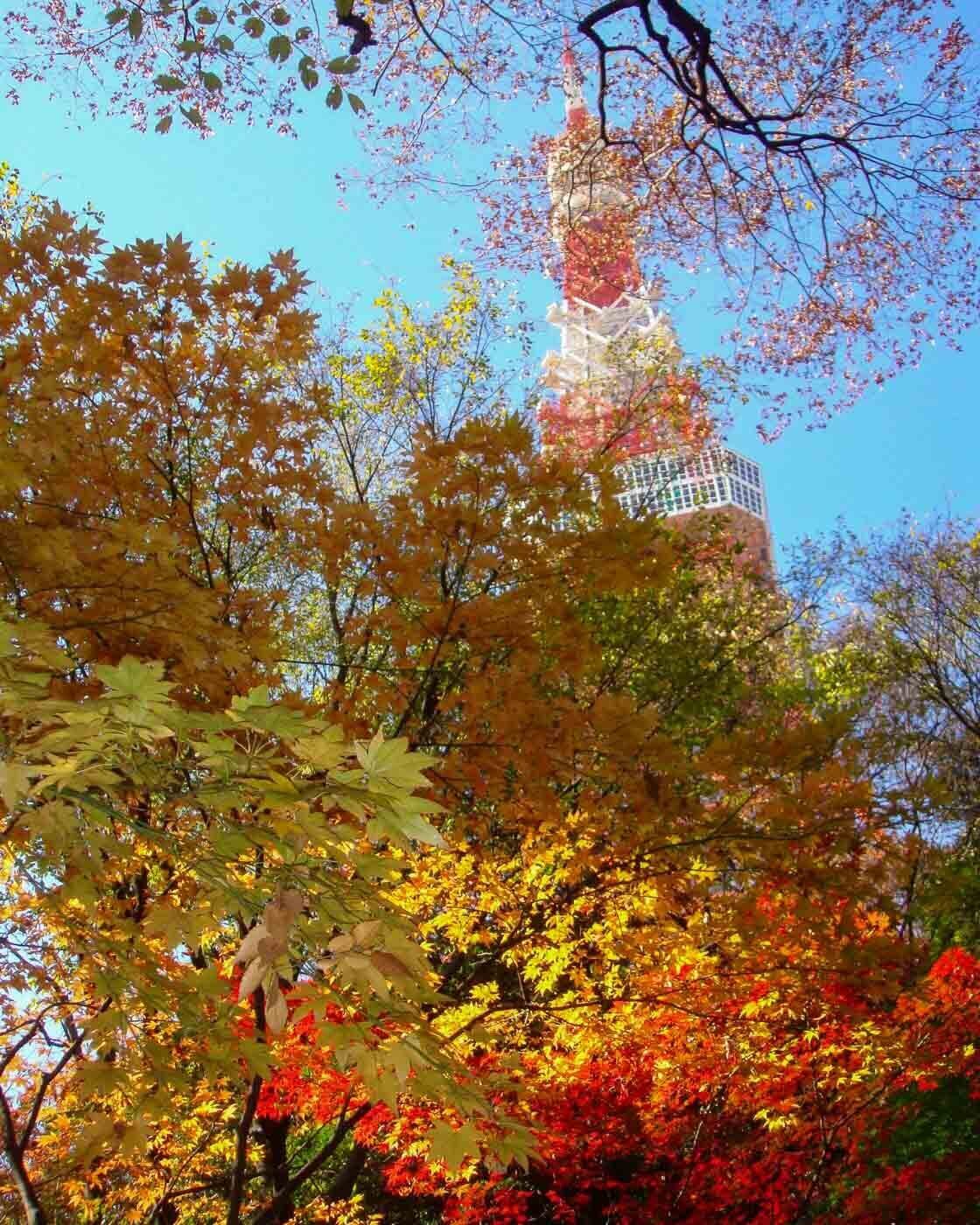
It was soon time to move to Kyoto, and I took the Tokaido Shinkansen from Tokyo Station, which transported me to the old capital in just over two hours. Detailed transport information for this day as well as going to Kyoto can be found in the access section below.
Kyoto: Tenryuji temple, bamboo forest and Jojakkoji temple
In Kyoto, I stayed at hotel MONday Kyoto Marutamachi, a hotel just steps from Marutamachi Station on the Kyoto Karasuma Subway Line. Detailed access information to the hotel can be found in the access section below.
This accommodation is a standard hotel accommodation with a restaurant and shared facilities like washing machines. Some perks of staying at hotel MONday Kyoto Marutamachi are its central location and proximity to a train station, as well as getting access to the free shuttle service (advance reservations are required and can be done at the front desk) that take guests to Arashiyama and Kinkakuji, two highly ranked and popular sightseeing spots in Kyoto.
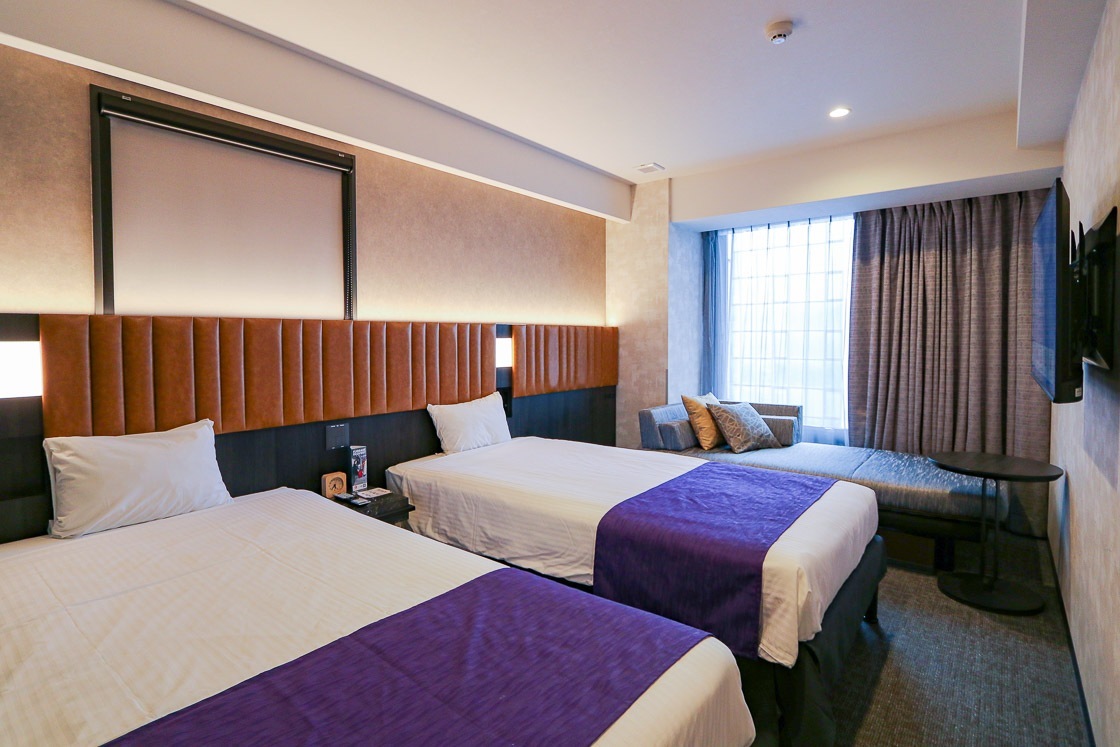
Following my nice hotel breakfast that included some local specialties, I got ready to chase more autumn colors in Kyoto. I had already reserved a spot in the free shuttle service to Arashiyama the night before when I checked in, and boarded the bus at the appointed time. The direct bus ride from hotel MONday Kyoto Marutamachi to Arashiyama took about 30 minutes, and it was most convenient as I did not have to worry about figuring out the public transit network to get there. Note that the return bus also requires advance reservations, and the driver will pick passengers up from the same drop off point.
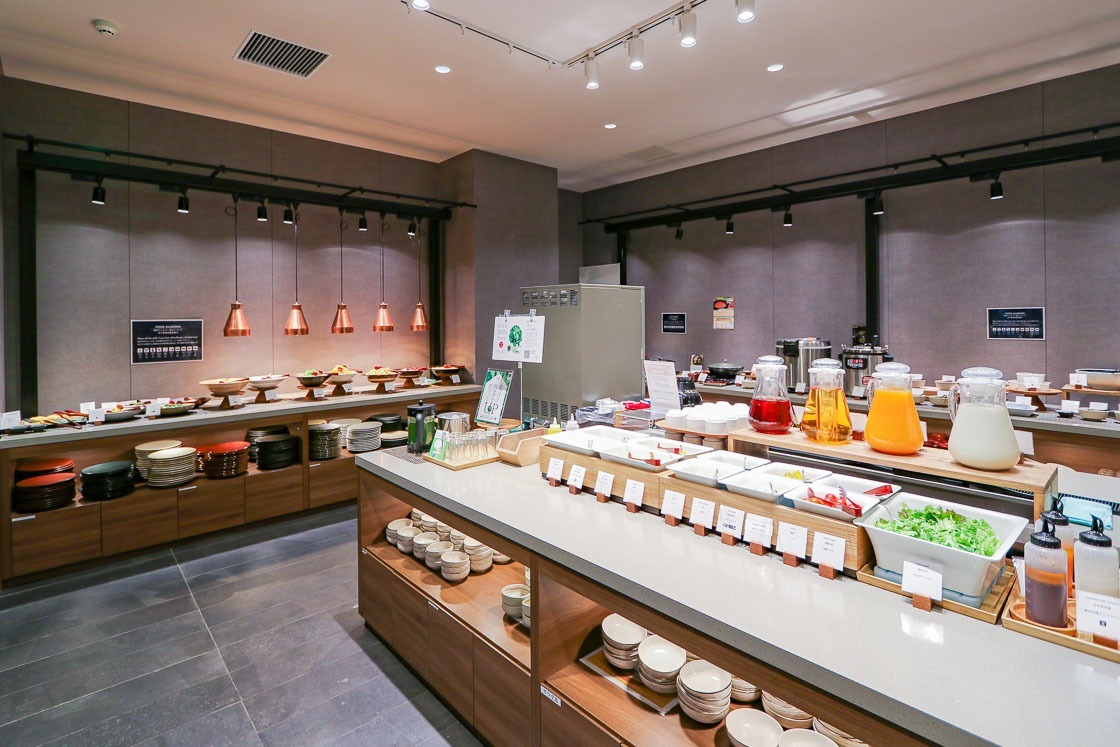
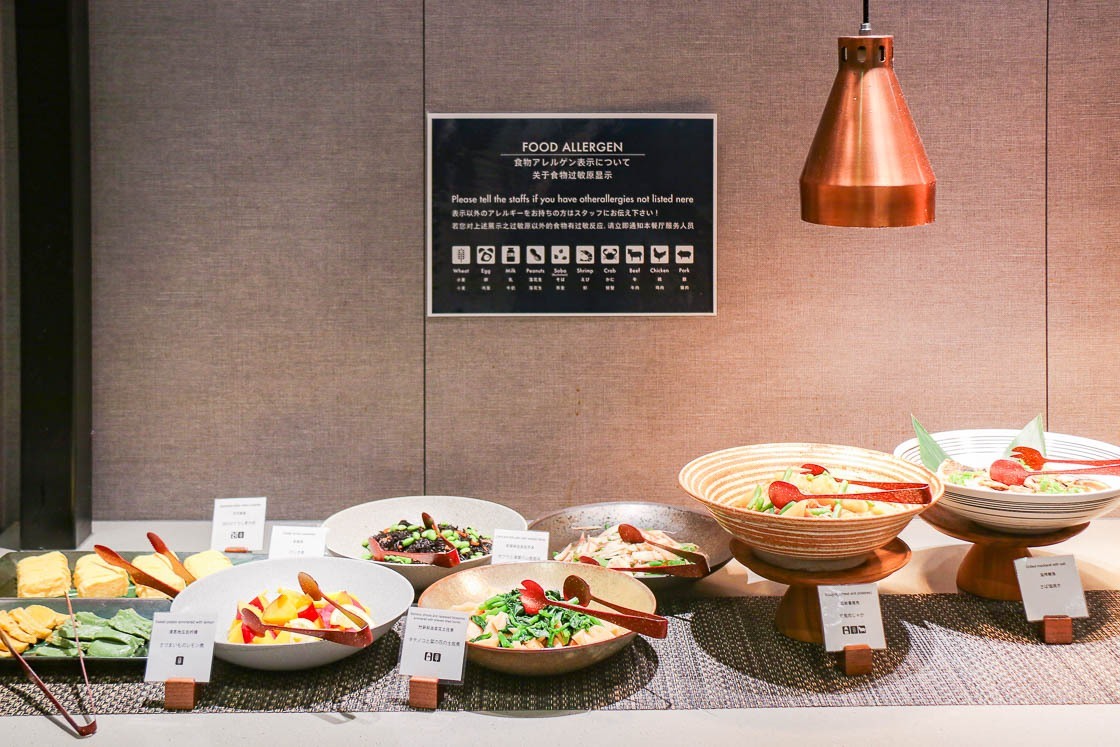
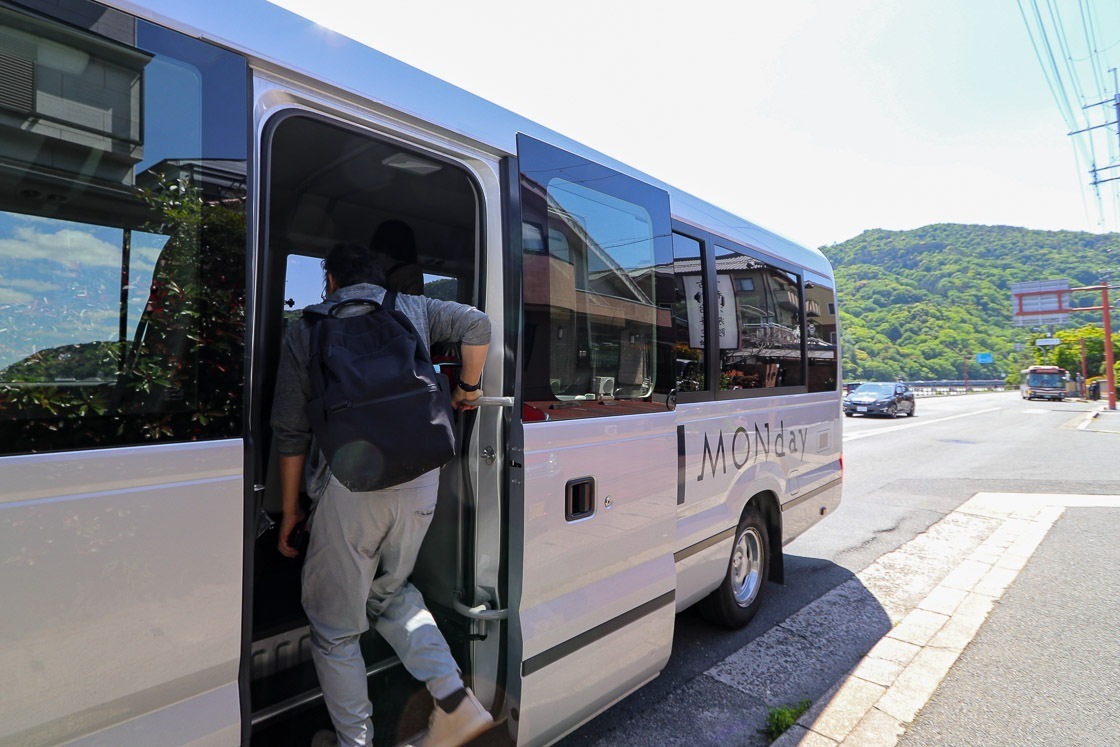
My first stop in Arashiyama was Tenryuji Temple, a Zen Buddhist temple and a UNESCO World Heritage Site. At the back of temple buildings is Tenryuji's landscape garden, one of Japan's oldest gardens, which occupies a large portion of the temple grounds. Admission to the landscape garden requires a separate fee.
Seasonal flora are planted in the garden, and come autumn, the trees whose leaves change color enliven the primarily green garden with red, orange and yellow hues. Walking trails in the garden offer various views of the surroundings, including complementary views of the nearby mountains of Arashiyama.
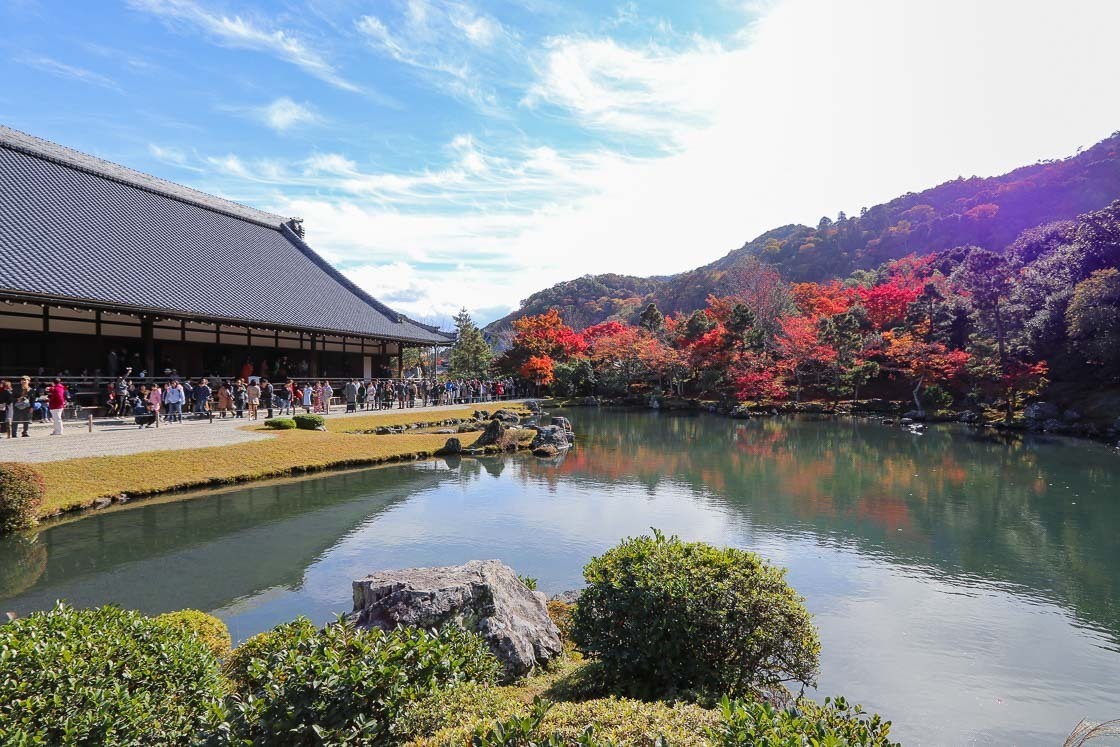
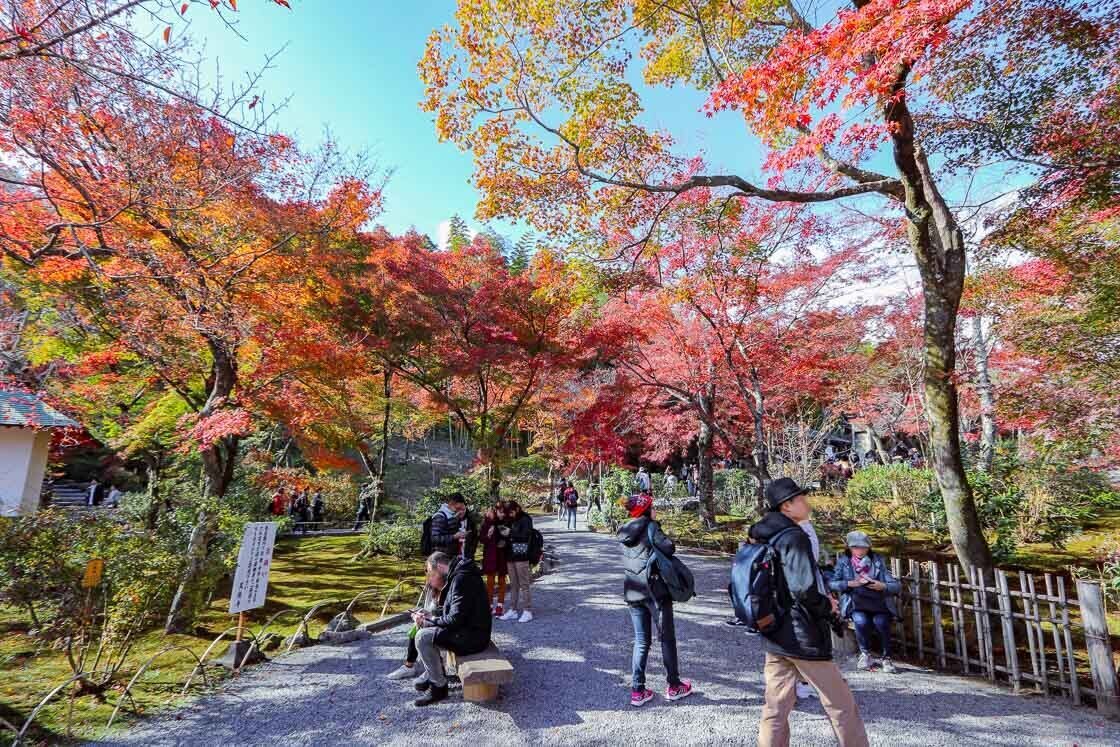
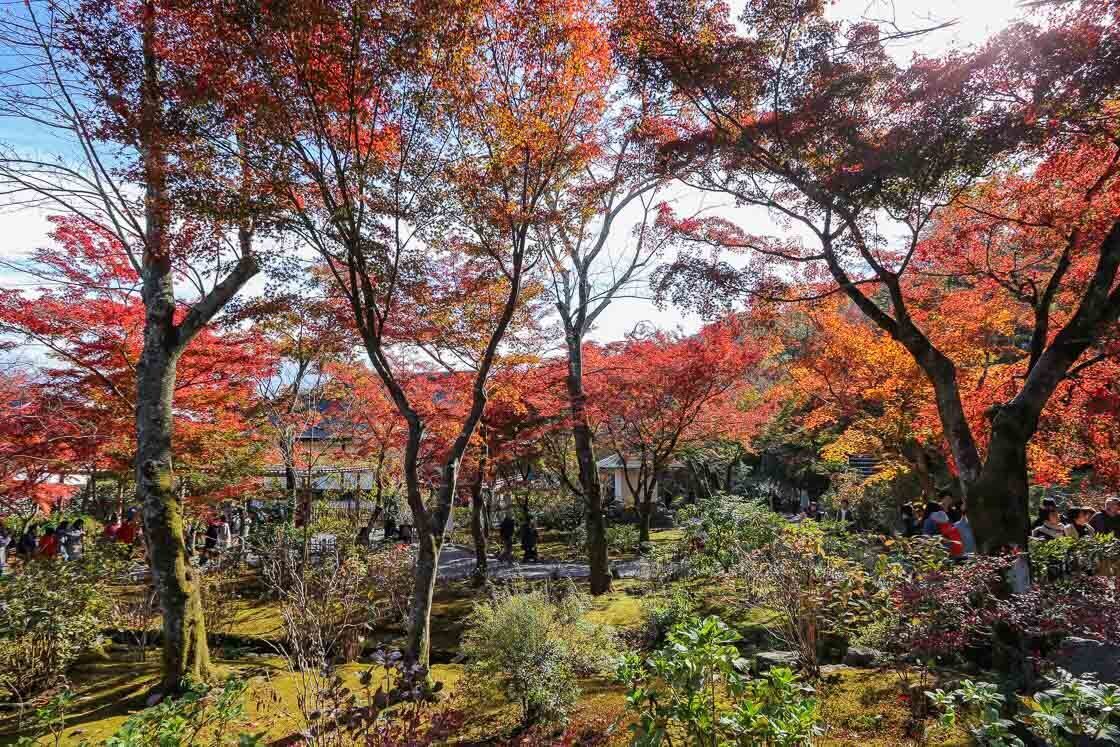
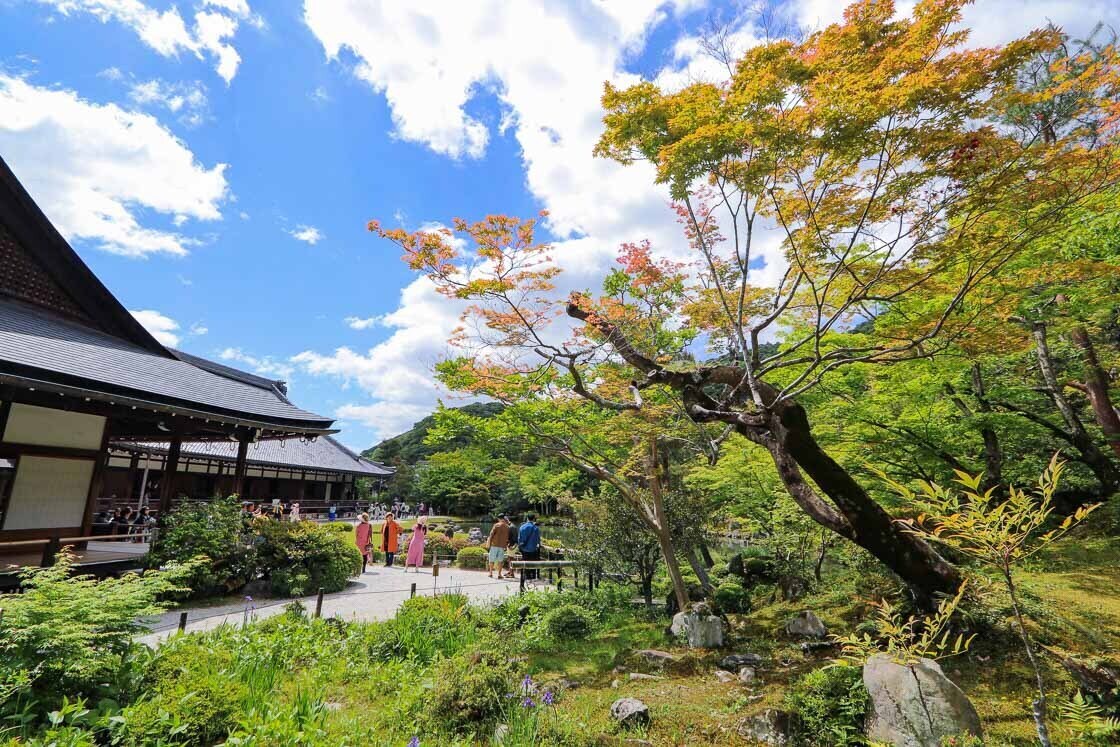
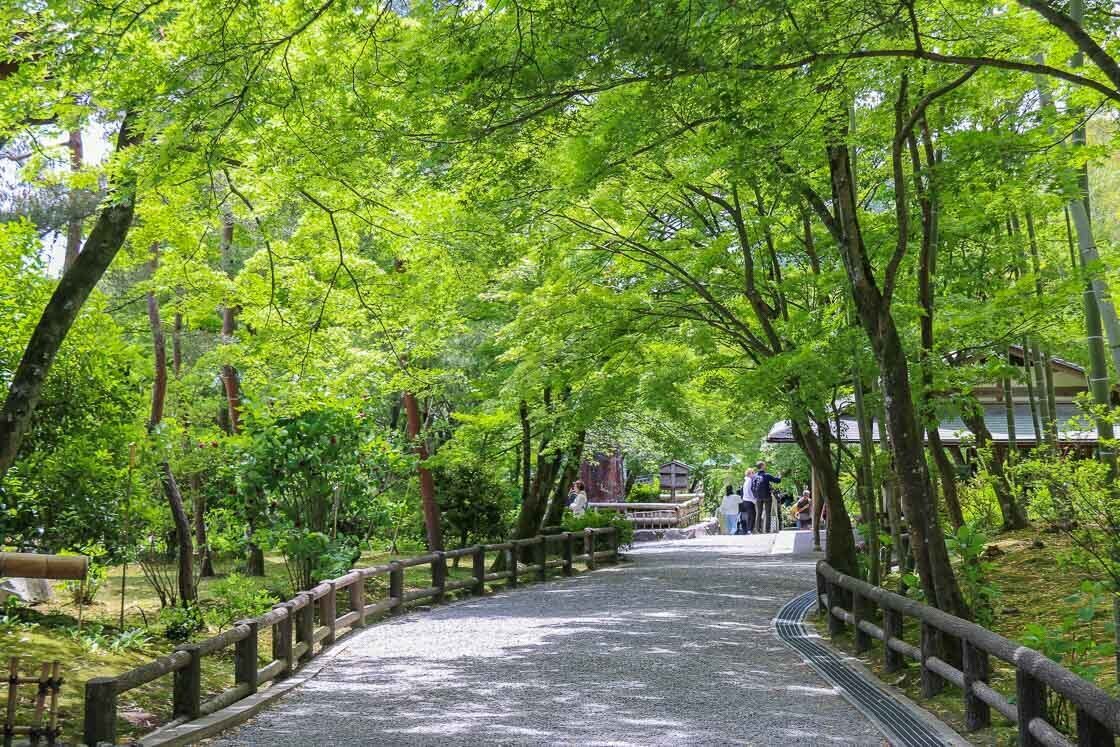
The north gate of Tenryuji Temple leads straight out to the bamboo forest, a highly popular spot in Arashiyama. I walked through the bamboo grove listening to the creaking bamboo stalks in the wind and saw the tops of the stalks swaying. A five minute walk from the end of the bamboo grove is Jojakkoji Temple, best known for its autumn colors.
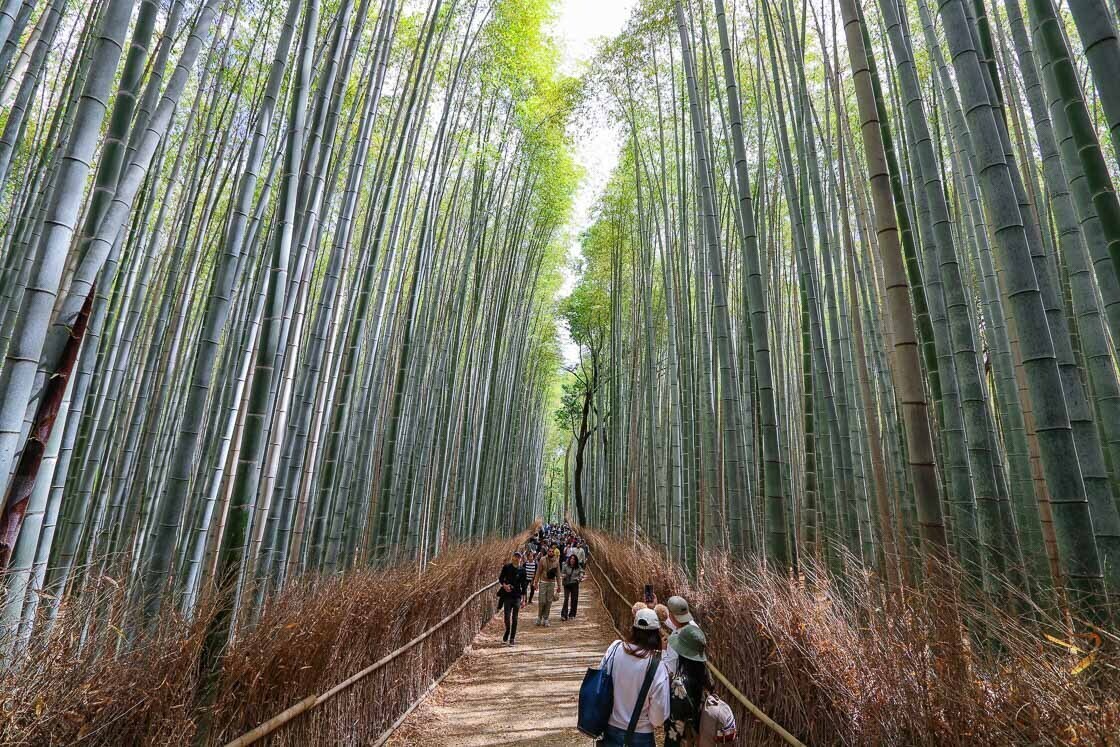
Built on the mountainside, the quiet and unassuming Jojakkoji Temple is less crowded compared to Tenryuji Temple. Walking trails in the temple take one from the entrance and up the mountainside to the observation deck, which sits at just over 100 meters in elevation. Several temple buildings can be seen on the grounds, and the oldest of them all is the Niomon, which is the first large gate that visitors will encounter.
Maple trees and moss make up the bulk of the flora in the area around the Niomon gate and the main hall, and the red leaves transform the place into an autumn color paradise in fall. The very same trees are also a delight to see outside of autumn as seeing the lush and verdant leaves can leave one feeling very refreshed.
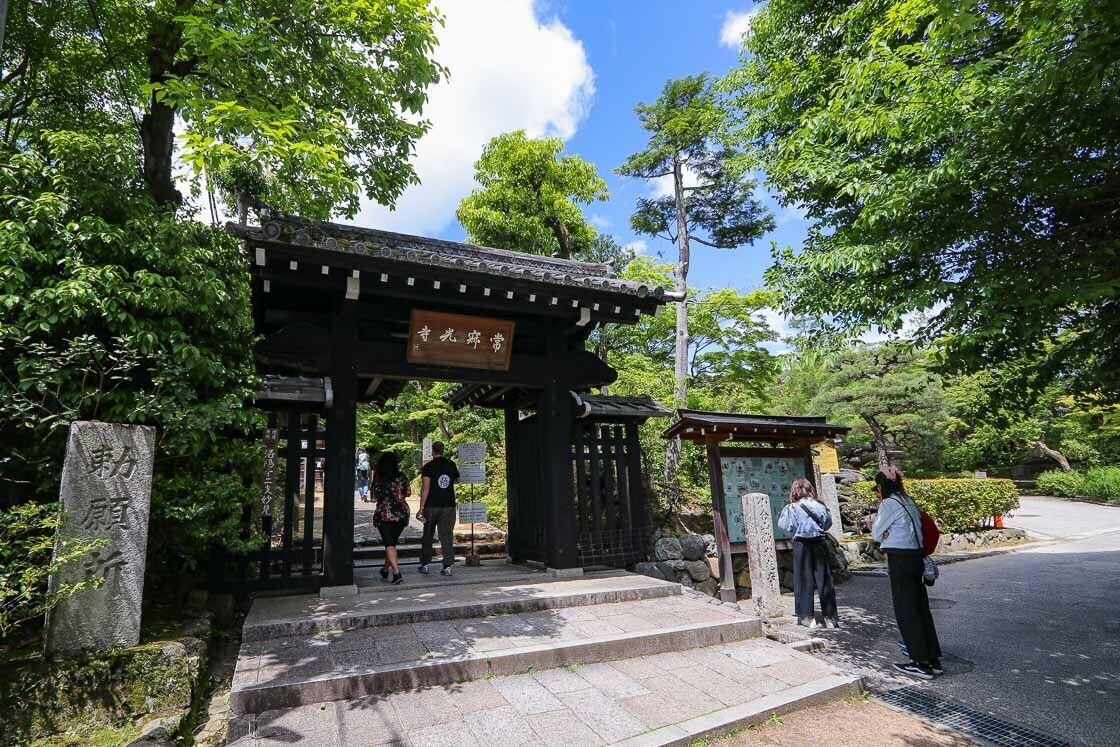
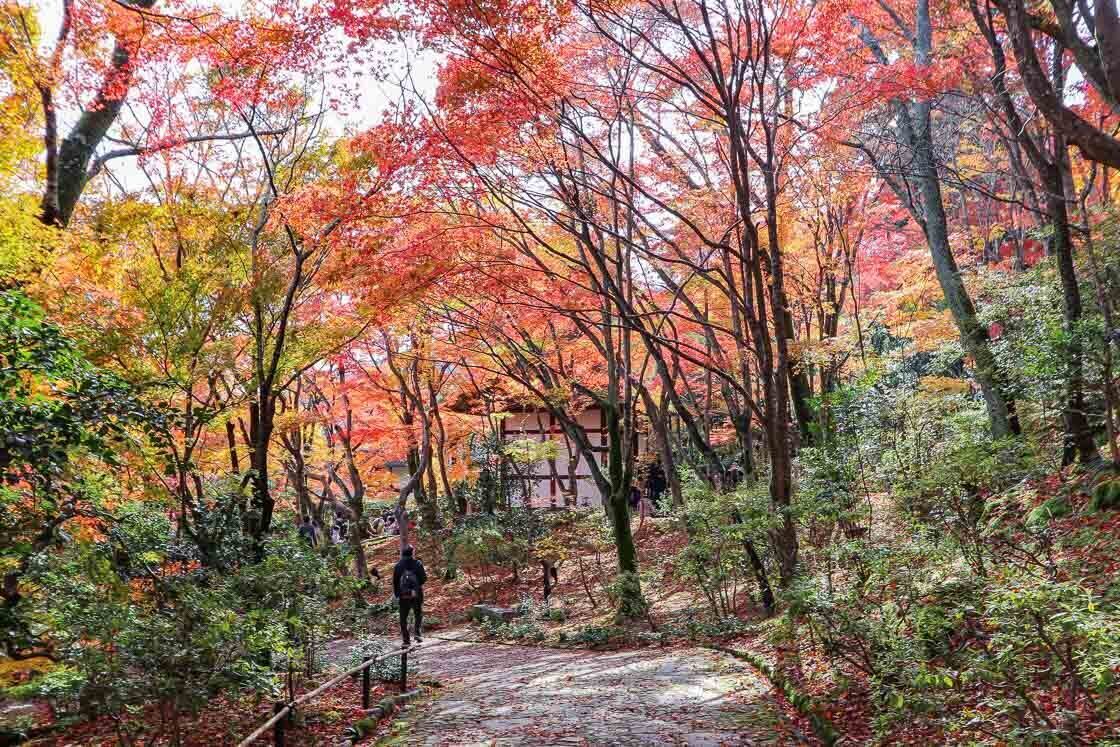
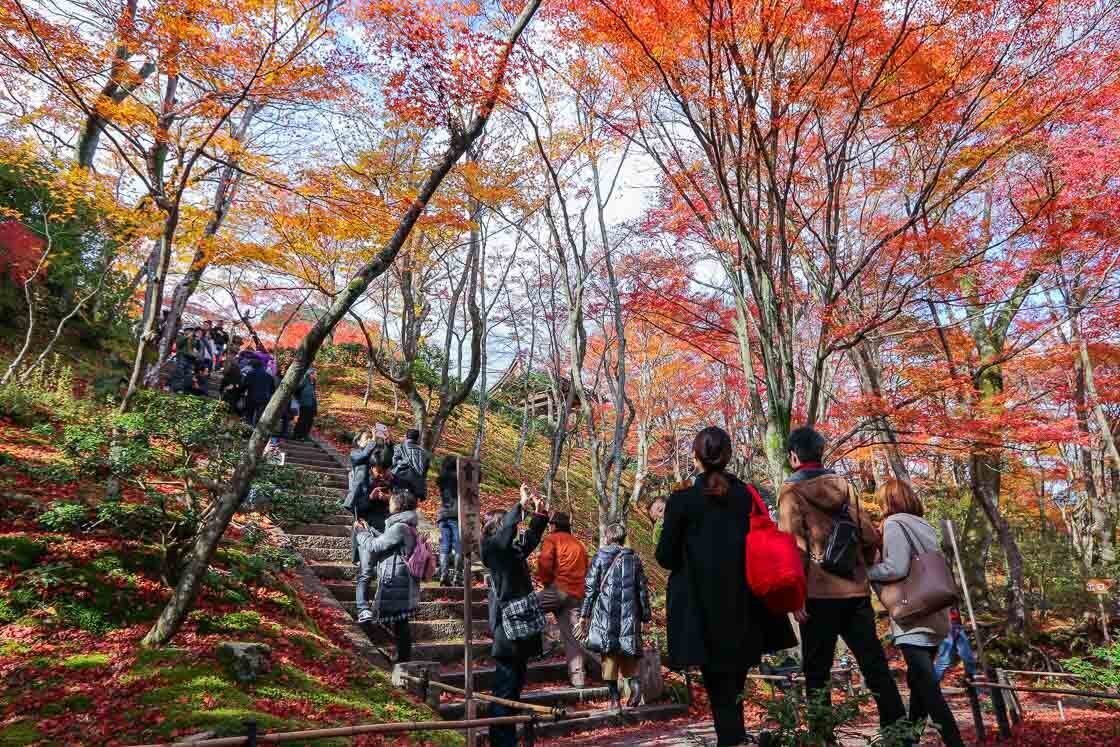
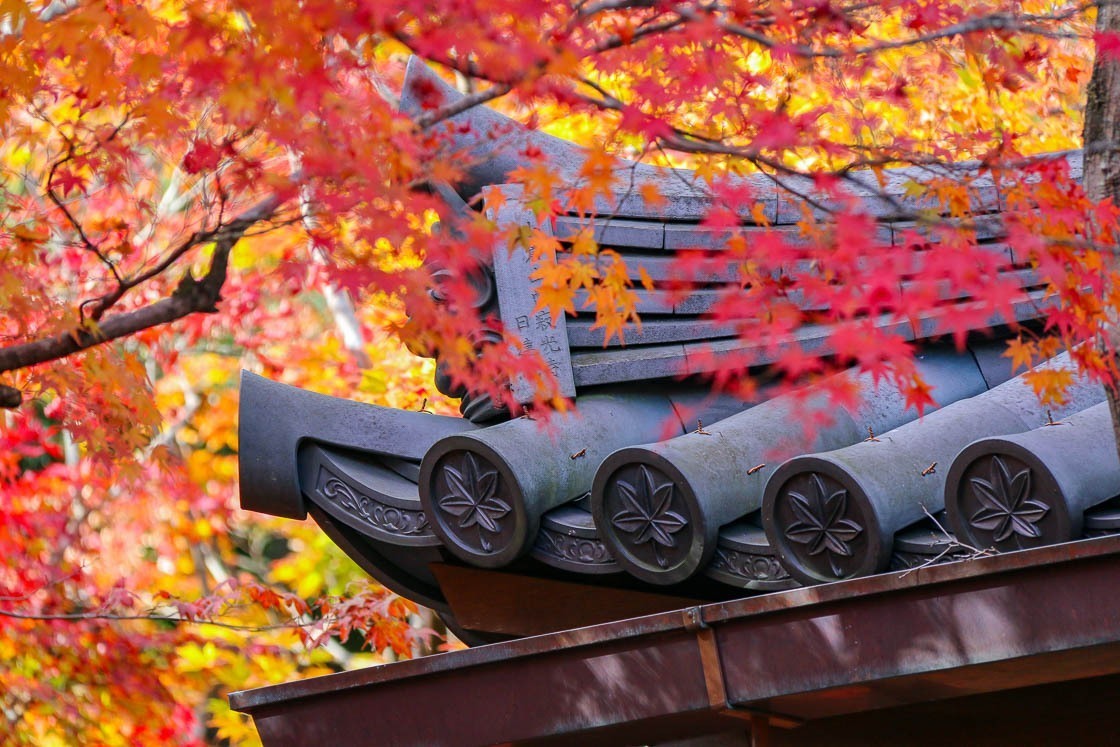
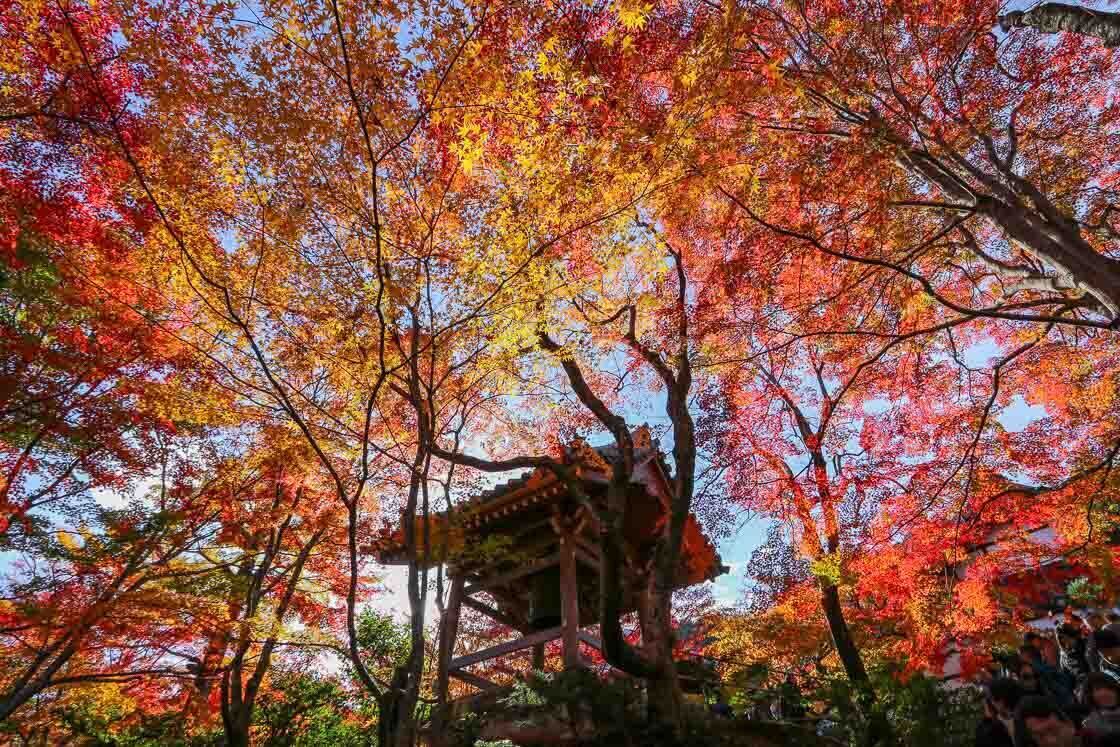
After my visit to Jojakkoji Temple, I walked around the main streets of Arashiyama and checked out the various shops before making my way back to the pick up point to take the hotel shuttle bus back. All in all, I spent about four hours visiting two temples and strolling along the main street. A visit to Arashiyama would definitely be an all-day activity for those planning to go to more places in the district.
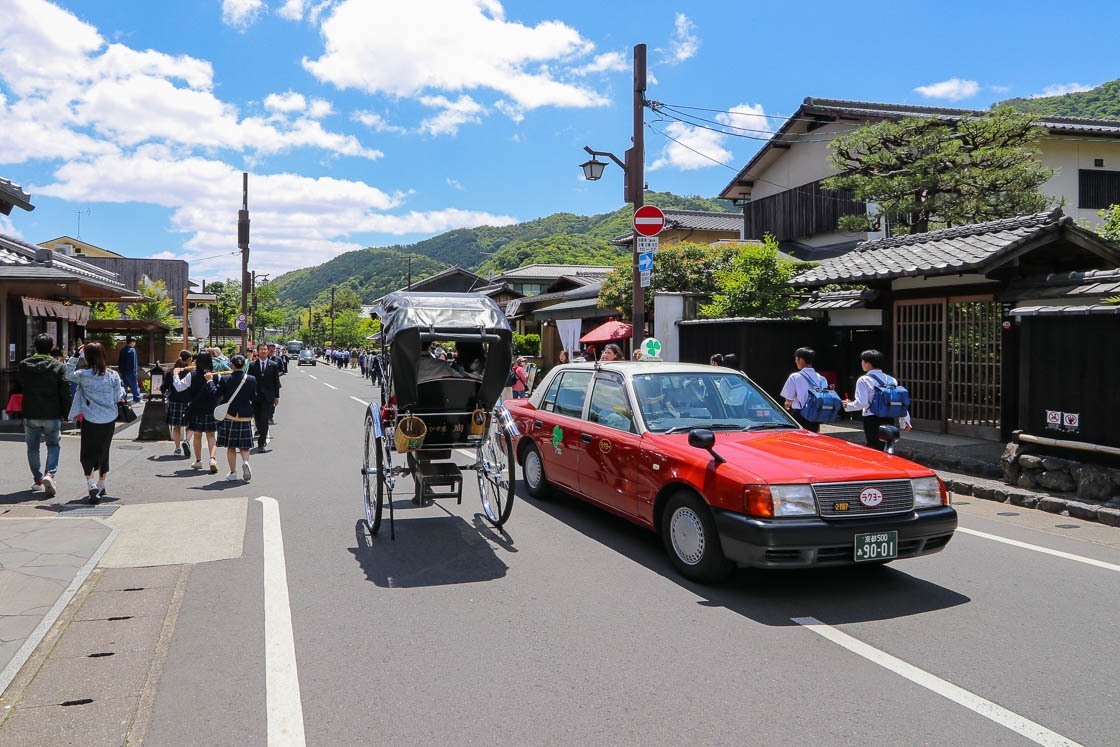

Hotel information
Operated by JHAT Co., Ltd, the hotel MONday Apartment brand offers self-contained apartment accommodation with in-room amenities like a washer and dryer machine, fully equipped kitchen, and typically accommodate four people in each room - some rooms can sleep up to eight people with additional futons -, while the hotel MONday brand offers standard hotel accommodation and also has a hotel restaurant. Both brands can be found in Kyoto and Tokyo. Two other hotel brands operated by the same group, ICI Hotel and Gate Stay, can be found in Tokyo and Osaka.
For other seasonal travel inspiration, check out our spring article in Ueno, and summer article in Kyoto.


Access
hotel MONday Apart Premium Nihonbashi to Tokyo Imperial Palace
hotel MONday Apart Premium Nihonbashi in Tokyo is an approximately 15 minute walk or a short 5 minute taxi ride (less than 1000 yen) from Tokyo Station. The hotel is also a few steps from Shin-Nihombashi Station on the JR Sobu Rapid Line.
The Tokyo Imperial Palace is an approximately 30 minute walk through the business districts of Nihonbashi and Otemachi.
Tokyo Imperial Palace to Shiba Park, Zojoji Temple and Tokyo Tower
Take the Mita Subway Line from Nijubashimae Station to Shibakoen Station, from where Zojoji Temple can be reached in a few minutes on foot. Tokyo Tower is a stone's throw from Zojoji Temple, and the small maple tree valley is near the base of the tower.
Shiba Park to hotel MONday Kyoto Marutamachi
Take the Mita Subway Line from Onarimon Station to Otemachi Station and walk to Tokyo Station.
Tokyo and Kyoto are connected by the Tokaido Shinkansen, and all bullet train classes stop at both cities. The one way journey between Tokyo and Kyoto by the Nozomi shinkansen takes about 130 minutes and costs about 14,000 yen for a reserved seat.
From Kyoto Station, transfer to the Karasuma Subway Line. Take the subway in the direction of Kokusaikaikan and get off at Marutamachi Station. hotel MONday Kyoto Marutamachi is a few steps from Marutamachi Station.
hotel MONday Marutamachi to Arashiyama
A free shuttle service is available between hotel MONday Marutamachi and Arashiyama. There are three round trips a day, and advance reservations are required. This convenient and free service provides direct access to one of the most popular sightseeing spots in Kyoto, and is exclusively for guests of all hotel MONday and MONday Apart properties in Kyoto.
The spots visited in Arashiyama are all within walking distance of one another.
